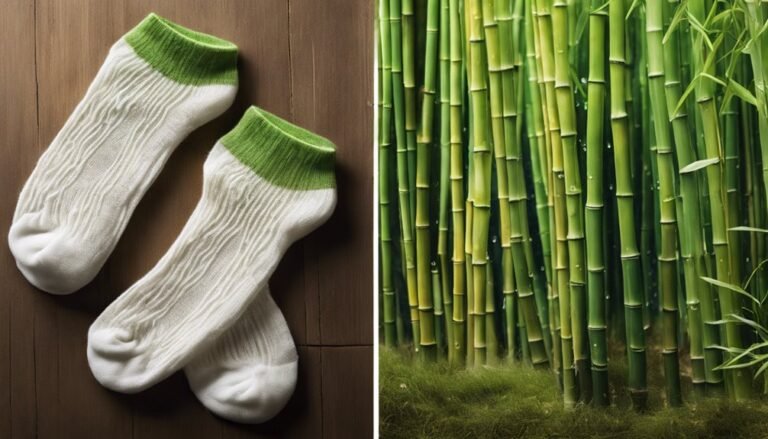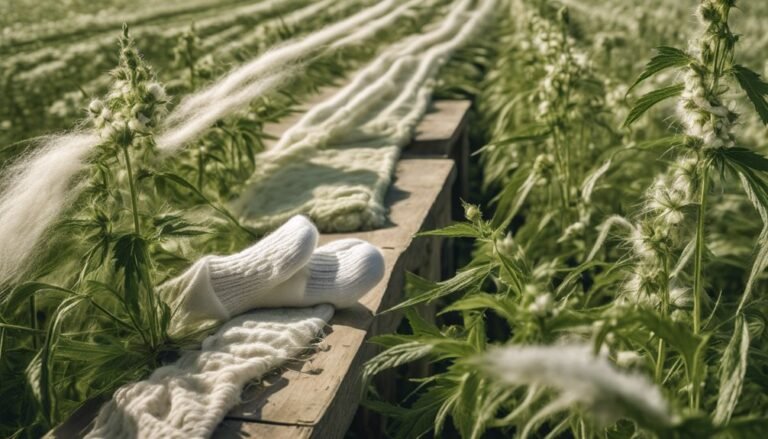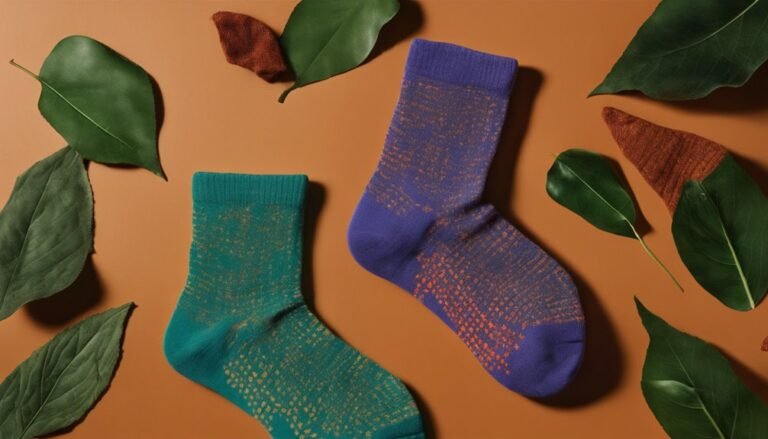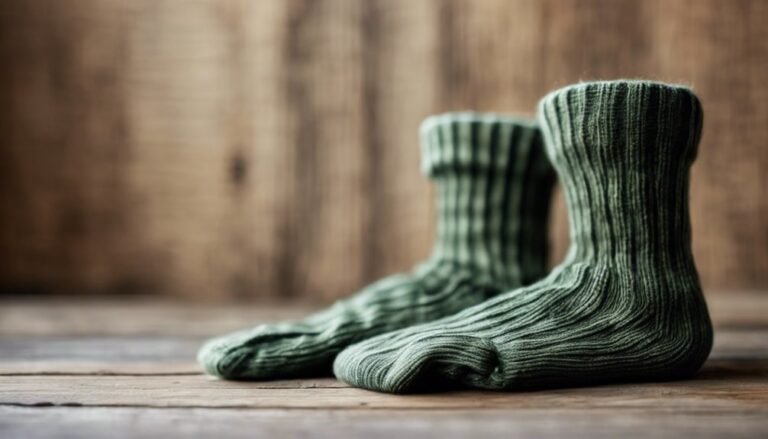How Sustainable Innovations Are Reshaping the Sock Market
Sustainable innovations are reshaping the sock market by prioritizing eco-friendly materials and production processes. You'll notice brands are shifting to biodegradable fibers, which break down naturally, and using recycled materials that reduce energy consumption by up to 70%. These efforts not only lower the carbon footprint but also encourage ethical labor practices. As consumer awareness…







